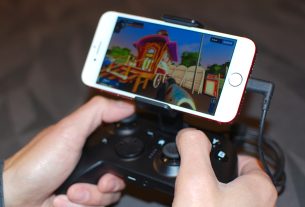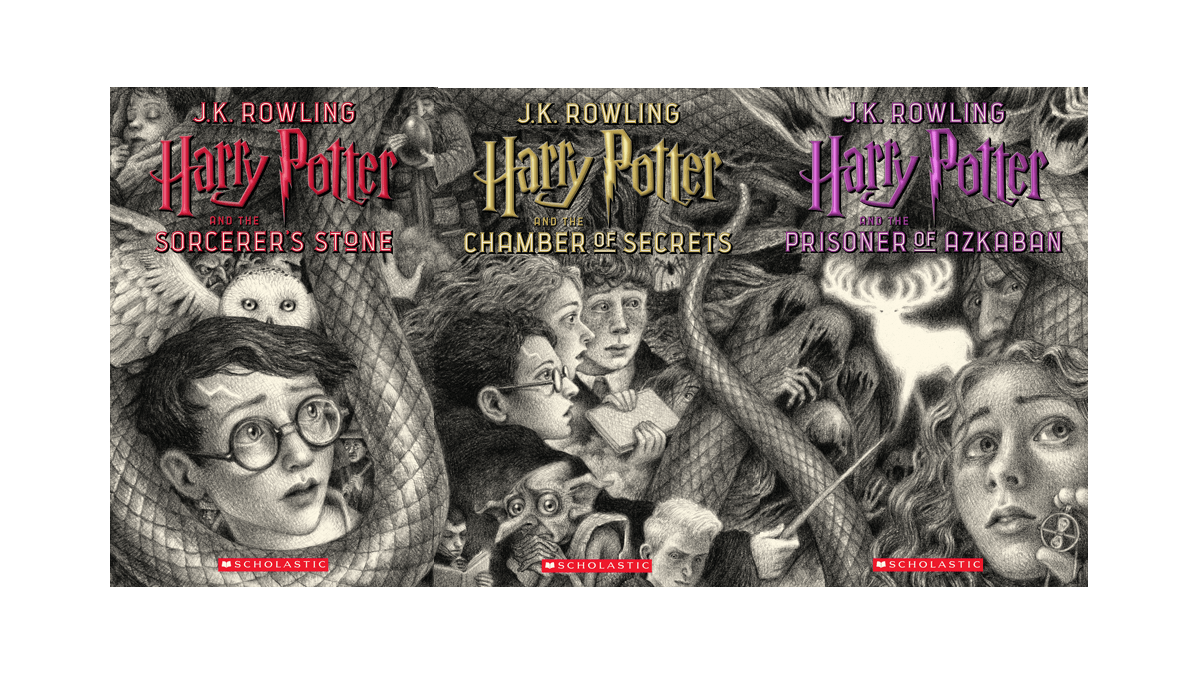
Spelling was the bane of my first five or six years in school. Everything else (well, apart from a legible handwriting and sports, but those did not matter much) was fine, but spelling, well, spelling was a nightmare during these first years.
So it was with a bit of trepidation that I observed child #1’s first brushes with orthography in grammar school. When it became apparent that something had to be done in the way of regular spelling exercises, my first thought was daily dictations, such as I had been subjected to by my parents. I had hated them (the dictations, not the parents), but spelling could never be fun, it seemed.
Or could it? Suddenly I found myself thinking “flash cards,” or rather “computer-aided spaced repetition learning,” since it is definitely the “computer-aided” part that makes learning with flashcards fun.
Students have divvied up stuff they wanted (or needed) to learn into parts small enough for the front and backside of a flash card for ages. Most commonly certainly for languages, but many a flash card has also been written by students in disciplines that require a large amount of learning by heart: medicine, biology, law, etc. In those days of yore, when flashcards were still real pieces of paper, the cards containing an easily recalled fact would be put somewhere towards the back of the box of flash cards. Cards with a hard-to-recall fact, on the other hand, would end up close to the front of the box. Thus, working front to back, new or hard-to-recall facts would receive many repetitions, whereas easy facts would have to be handled only infrequently–ideally just often enough to keep them from falling out of the student’s memory.
Putting your flash cards into a computer rather than an increasingly grubby cardboard box has nothing but advantages. No more knowledge is irrevocably lost because a flash card fell on the floor and was eaten by the dog; no more manual management of home-brew repetition schemes (I used to have compartments “in one day,” “in three days,” “in a week,” and so on in my box); no more handwritten flash cards that could not be deciphered any longer a few days after they had been written. Instead, you can take all your flash cards with you wherever you go; the question of what are ideal repetition intervals has involved into a science; and, thanks to several flash-card learning sites and services, you may not even have to type your own flash cards but can reuse those created by other learners.
There are several commercial web-based services out there, but for hooking child #1 on flash-card based learning, I decided to stick with my long-time learning companion Anki, an open source flash-card program (with both an iOS app and an Android app available, the latter also open source) cum free web service for synchronizing and sharing card decks. Anki‘s capability to integrate self-programmed plugins for the PC version gave me the desired level of control over shaping how each flash card was to be learned: via multiple choice, a correctly typed answer, etc.
For the fun factor, I tried to find a fitting but fun image for every flash card, using Google picture search to trawl child #1’s favorite subject areas (comics, Star Wars, etc.). For example, the difficult word “princess” (one or two “s”?) would be illustrated with Princess Leia, “fight” with a scene from Asterix and the Big Fight, and so on. For starters, I designed all flashcards as multiple-choice flash cards, giving child #1 the choice between the correct spelling and three to four misspelled words.
Motivation of child #1 for this new form of learning was high for the first week or so. When it dropped off, we managed to rekindle it by creating new flashcards together: I never imagined how much fun a kid would find in performing Google picture search.
Another week, then motivation dropped again… until child #1 realized that we could also add cards for stuff he really wants to be able to spell correctly: “Death Star,” “General Grievous,” “Darth Vader,” and so on.
By now we have a deck of flash cards that probably would rather astonish our grammar school teacher, but motivation for exercise is up again. Also, knowing how to correctly spell “Darth Vader” certainly does not hurt. And because of how spaced repetition works (and the fact that what you really want to learn is usually learned very easily), we do not encounter Lord Vader and his cronies that much during our exercise sessions anyhow.
So, where do we go from here? As next step, I think we will have to add more flash cards that require typing in of the correct answer rather than answering a multiple-choice question. Multiple choice is great to get started, but I noticed that there are certain words child #1 gets consistently right when doing his flash card exercises, but nevertheless misspells them when he actually has to write them. Also with this tweak, however, flash-card based learning alone probably will not be enough to master spelling; we will need some exercise dictations here and there, until the child has done enough reading and writing of its own to be familiar with frequently used words. Until then, flash cards will serve as one building block toward improved spelling. What is more, the whole experience serves as gentle introduction to a great way of building up vocabulary in a foreign language. And learning a second language will become an issue in the next school year.



